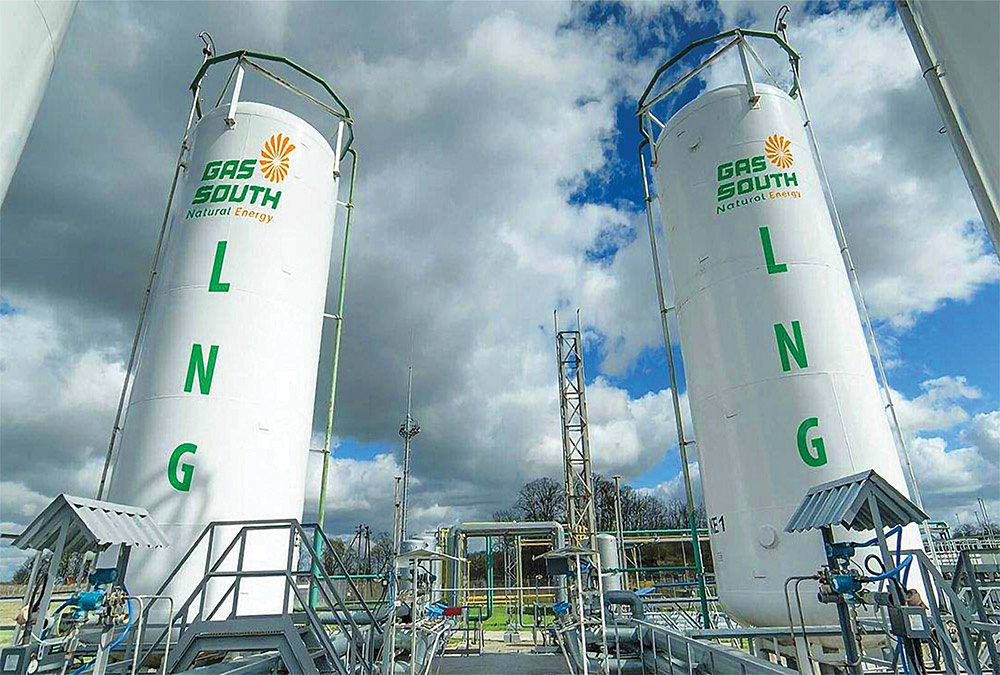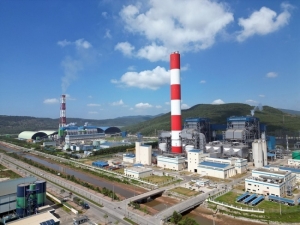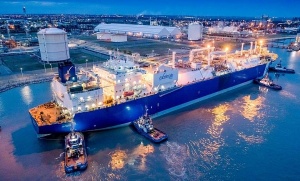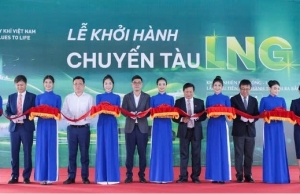Specifics out of reach for energy initiatives
 |
| Specifics out of reach for energy initiatives, Photo Le Toan |
According to the Electricity and Renewable Energy Authority under the Ministry of Industry and Trade (MoIT), only the 660MW O Mon I thermal power plant is currently operational, while the Nhon Trach 3 and 4 power plants, with a total capacity of around 1,625MW, has reached just 85 per cent progress.
Eighteen other gas-fired power projects remain in the investment or construction phase, including nine using domestic gas and three still in the investor selection process, with a combined capacity of 4,500MW. Regarding offshore wind power, only one project has received approval for pre-feasibility studies, involving a collaboration between Singapore’s Sembcorp Utilities Pte., Ltd. and Vietnam’s state-run PetroVietnam.
Under the Power Development Plan VIII (PDP8) approved last year, the plan is to add over 30,400MW of gas-fired power and 6,000MW of offshore wind power capacity by 2030. These projects are expected to contribute about half of the additional capacity required and are critical to supporting nation’s power system.
The MoIT has held meetings with relevant ministries, localities, Vietnam Electricity (EVN), PetroVietnam, and liquefied natural gas (LNG) developers, though not with those implementing specific LNG projects.
“The ministry has had many discussions with provinces and investors to resolve ongoing issues. However, progress remains slow for most projects. If this continues, it will significantly impact energy security and risk derailing the PDP8 targets,” said Minister of Industry and Trade Nguyen Hong Dien in a meeting at the end of August.
Nguyen Quoc Thap, chairman of the Vietnam Petroleum Association (VPA), pointed out that the legal framework necessary for completing, negotiating, and signing legal, economic, and commercial agreements for LNG-related projects remains incomplete.
“There is no clear mechanism or criteria for selecting investors to develop related import infrastructure, and there are no specific guidelines for currency conversion and international guarantees for such imports in gas-fired power projects,” he said.
He added that Vietnam lacks regulations for electricity buyers regarding the consumption of electricity generated by these plants. There is also no clear mechanism for transferring gas prices to electricity prices at such power plants. The current Law on Pricing fails to include fees for LNG import, storage, and re-conversion in the list of state-regulated goods, leaving fees to be negotiated between parties.
Offshore wind power projects in Vietnam are also hampered by legal uncertainties, despite the country’s significant potential in this sector.
During a meeting with Deputy Prime Minister Tran Hong Ha on August 23, the MoIT proposed that two state-owned energy corporations or military-run units be selected to develop offshore wind power projects. The ministry is currently finalising policies to encourage domestic and foreign investment in this field.
VPA chairman Thap noted that the approval process for investment policies and the selection of investors in wind faces inconsistencies in current legal frameworks. “The laws on bidding, investment, and land do not clearly define the authority for approving investment policies for offshore wind projects,” he said.
In late August, Norway’s state-controlled energy giant Equinor ASA decided to exit the Vietnamese market, closing its Hanoi office just two years after establishing it, citing the country’s regulatory challenges. Equinor, one of Norway’s largest energy companies, invests in oil, gas, LNG, hydrogen, and renewable energy, with significant offshore wind projects in Europe and the US.
Last year, Danish offshore wind giant Ørsted A/S also paused its plans for multi-GW offshore wind projects in Vietnam due to regulatory hurdles.
The Global Wind Energy Council released a report in June stating that Vietnam’s target of installing 6GW of offshore wind capacity by 2030 faced considerable challenges. It highlighted that an offshore wind project typically takes 6-8 years from greenfield to commercial operation. To achieve the 2030 target, the immediate establishment of policy and regulatory frameworks is essential.
“The MoIT estimates that the first pilot offshore wind project may not be completed until 2032, underscoring the need for a clear route to expedite installation,” the report said.
 | Consortiums invited to get involved in Nghi Son LNG venture Nghi Son Economic Zone Management Authority has invited five consortiums of contractors to participate in bidding to implement the Nghi Son liquefied natural gas (LNG)-fired thermal power plant. |
 | Excelerate Energy to build LNG import terminal in Haiphong US firm Excelerate Energy will team up with a Vietnamese company to co-develop a liquefied natural gas (LNG) import terminal in Haiphong, marking its entry into Vietnam's market. |
 | First LNG train shipment on south-north railway route launched PV GAS on September 6 started supplying the first liquefied natural gas train shipment on the north-south railway, expanding the supply map nationwide |
What the stars mean:
★ Poor ★ ★ Promising ★★★ Good ★★★★ Very good ★★★★★ Exceptional
Related Contents
Latest News
More News
- Heavy industries set for pilot greenhouse gas quotas (December 25, 2025 | 10:00)
- Swedfund invests in MSME growth and climate action in Vietnam (December 19, 2025 | 11:42)
- GreenYellow brings solar energy to light up remote schools in Tuyen Quang province (December 19, 2025 | 08:00)
- Charge+, Grab partner to develop EV charging network in Vietnam (December 18, 2025 | 17:11)
- Linking sci-tech and innovation to Vietnam’s net-zero future (December 18, 2025 | 14:31)
- Driving double-digit growth through green and circular transformation in Vietnam (December 17, 2025 | 09:00)
- Standard Chartered and ACCA deepen collaboration to develop Vietnam’s talent for a sustainable future (December 15, 2025 | 18:18)
- Schaeffler reports strong early output from Dong Nai solar project (December 12, 2025 | 15:16)
- Forestry conference highlights biodiversity and sustainability goals (December 09, 2025 | 13:35)
- Home Credit honoured among top 10 sustainable companies in trade and services (December 09, 2025 | 12:18)

 Tag:
Tag:



















 Mobile Version
Mobile Version